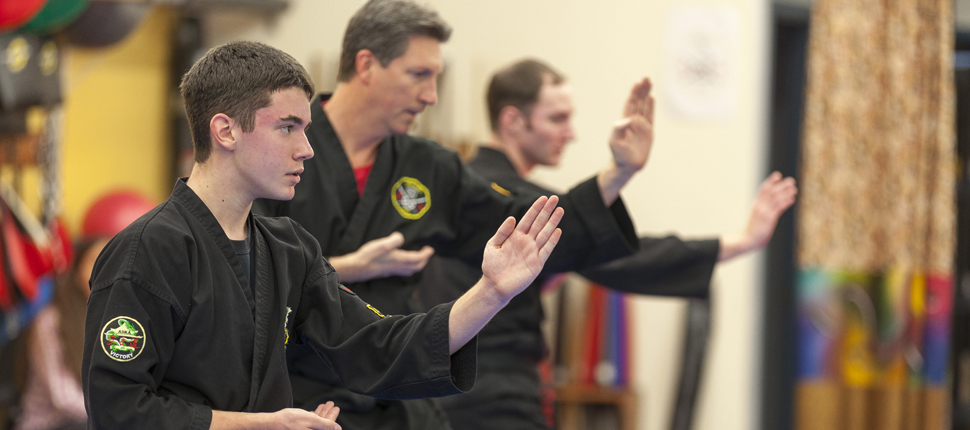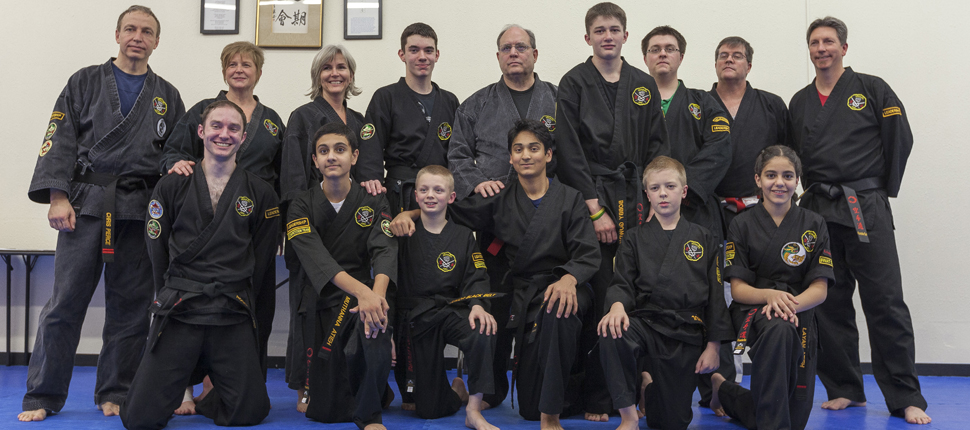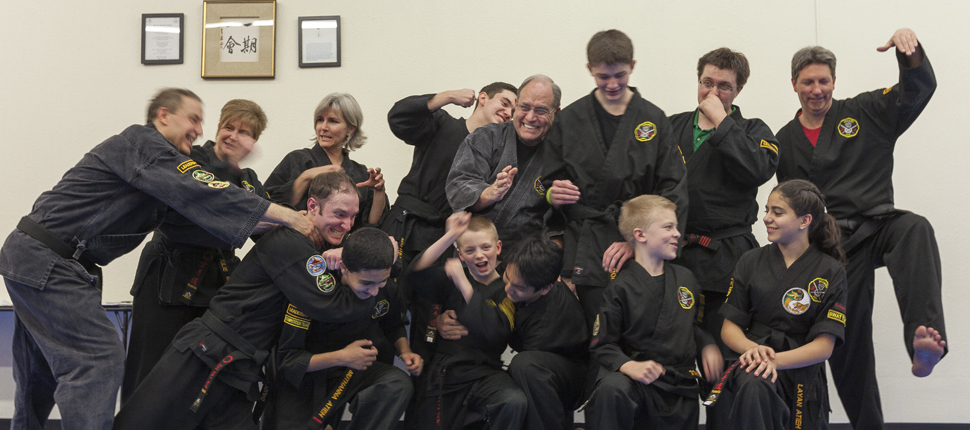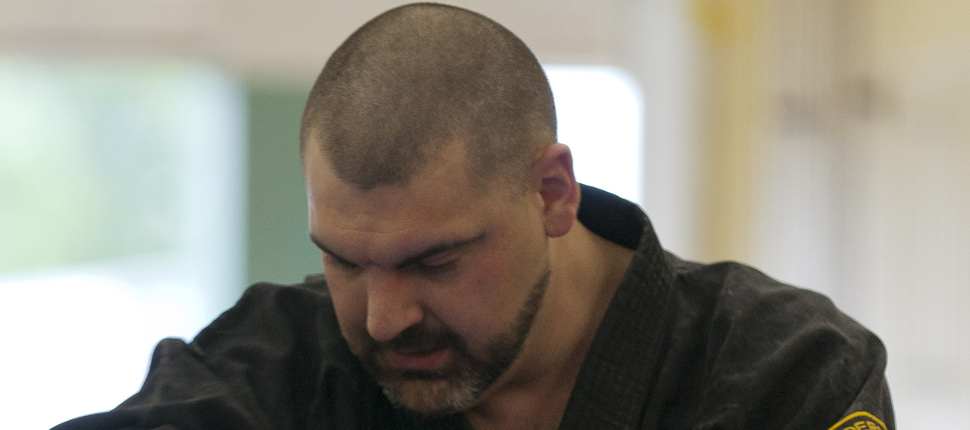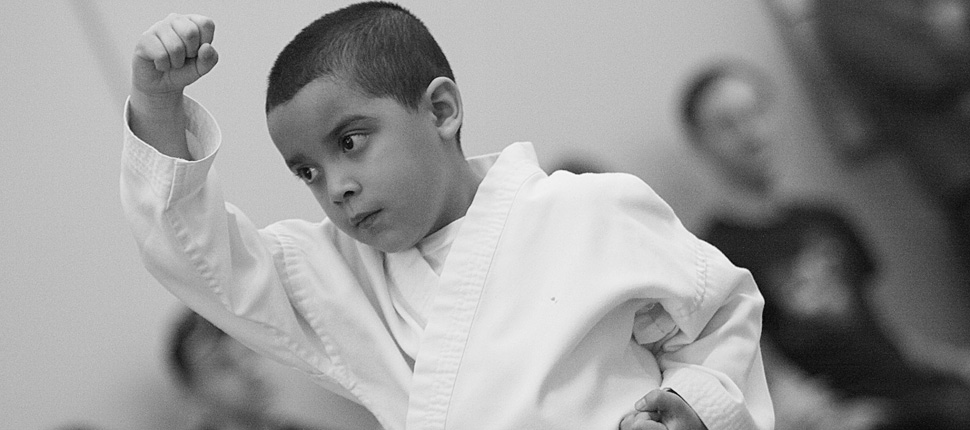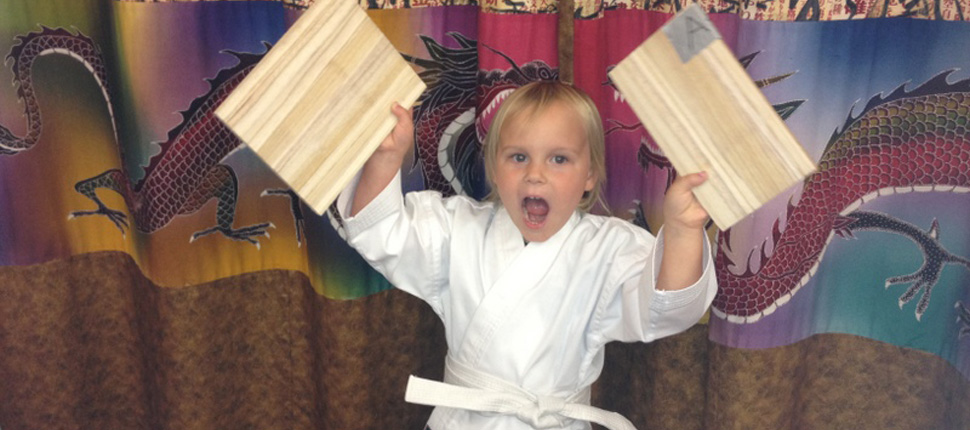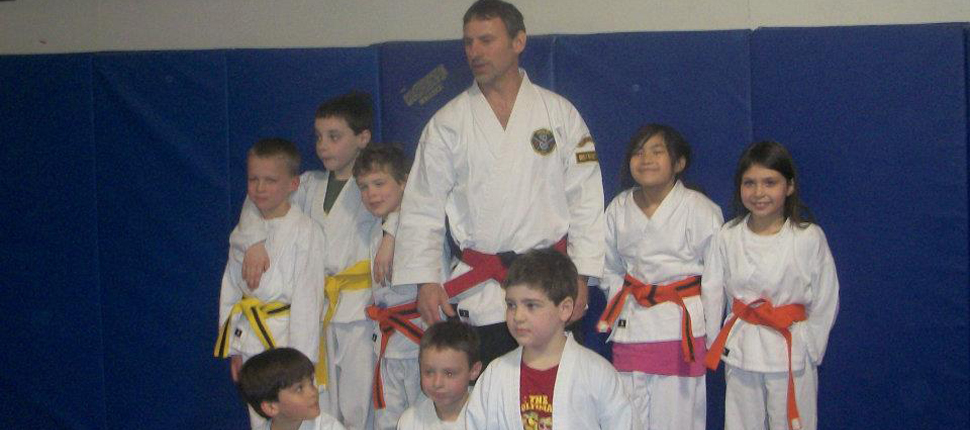The American Shorin-ryu Karate Association was founded in 1969. A glance back ten years before the founding will yield some insight into the history and motives that led to its founding. Papa Paul (Keller), a term of endearment and reflective of the family nature of the ASKA, but at that time the future Papa Paul was only eleven years old. American servicemen were actively bringing the Japanese Arts back home from tours of duty in Japan, Okinawa, Korea, and Southeast Asia. Gary Tiktin, influenced by his friend James Wax, the first American to earn a black belt, became the second American to earn black belt rank by studying under Master Nagamine Shoshin in Naha, Okinawa. The style that Nagamine had founded, Matsubayashi Shorin-ryu karate, was characterized by strong, penetrating hand techniques and relatively quick footwork using a walking stance that Nagamine adapted from his kendo (sword) training.
From its start in Columbus, Ohio and a few other locations, Shorin-ryu Karate was spreading throughout Ohio. Students of Sensei Tiktin, and students of students, began teaching to meet the growing demand. Papa Joe Hays, Mike Hixon, Chuck Carlos, Roger Genereaux, Bill Dwyer and others were passing on fighting, breaking, and conditioning skills that attracted – and kept – the attention of a broad range of youngsters and young adults. It was taken for granted the karate training involved conditioning, fighting skills, and self-defense, but there was something more, something that made you confront who you were at your own core, how well you were anchored or centered, and ultimately your relationship to fear and dying. This challenge elevated karate from sport to art.
Sensei Tiktin, while working on his Doctorate in Philosophy, founded the Ohio State University Karate Club in 1963. As students spent time earning their undergraduate and graduate degrees, they also spent time studying karate. If you were fortunate enough to get your black belt in four years along with your Bachelors degree you could return home and start a branch of the ASKA. Many dojo were developing; some were located commercially, some in YMCAs, and others in universities such as Dennison and Otterbein, still others in private garages and basements, so compelling were the benefits of training and enthusiasm for teaching.
Rob Rupe, Papa Jules Pommier, Tom Wirtanen, Jack and Michelle Davis, Richard and Jo McCulty, Michael Miller, James True, Papa Joe Hays opened dojos in various areas of the United States. From these schools sprang others opened by Jayne Butram, Dick Wolnick, Steven Iannetti, Mike Pepe, Brian Farrell, Lance Morgan and Sue Theise.
These instructors, along with others, touched many students’ lives and contributed to the growth of the ASKA. Dave Feinstein was there in the beginning and helped develop the start of our kobudo (weapons) program with Papa Paul. Later Dan Berndt, Ricky Moore, Jeff Gripper, and Dave Ruppart helped Papa Paul bring the ASKA to greater heights in fighting. Under Papa Joe’s coaching direction the ASKA students filled their dojos with trophies and earned many of the highest honors in the country. The Papa Joe system of in-tight fighting is a study in efficiency and quick powerful foot and hand movement.
In 1980, Chris Clarke joined the ASKA and became Chief Instructor, and together with Papa Paul, reorganized the ASKA, expanding and solidifying its teaching curriculum, formalizing its organization, and establishing a program of teaching clinics and training camps. Today the ASKA curriculum remains solidly based in the traditions of Shorin-ryu karate, supplemented with extensive material from Goju-ryu and other styles of karate. Beyond traditional kata and fighting, it incorporates a wide range of one- and two-person drills, self-defense techniques, throws, ground fighting, and other material.
The ASKA program curiculum continues to grow and to prosper with the help of Sensei Mike Verona located in our Hombu Western USA Beaverton, Oregon dojo as well ongoing and innovative MMA training at our Hudson, Ohio location under the direction of Sensei Karl Gruber. The tradition and innovative inside close fighting system first introduced and developed by Papa Joe Hayes continues to be improved and taught under the direction of Papa Jules Pommier in Mayfield Heights, Ohio.
The ASKA Archive section will give you some idea visually of our early years and our solid roots and a picture of how we have progressed and continue to strengthen our training curriculum over time.
The ASKA also offers a parallel training program in kobudo, the art of fighting with traditional Okinawan weaponry, including the bo (quarter-staff), sai (metal truncheon), nunchaku (two-part flail), tunfa (ancestor to the handled weapon now carried by many police), kama (sickles), eiku (boat oar), timbe (shield and dagger), bo-nunte (fisherman’s gaffe), and tekko (Okinawan brass knuckles). Like the empty-hand curriculum, ASKA kobudo training includes practice of basic techniques, formal exercises (kata), two-person drills, and sparring. Senior ASKA teachers also provide instruction in T’ai-Chi Ch’uan (Taijiquan), Jujitsu, Aikido, Kendo (competitive Japanese sword fighting) and Iaido (practice drawing and cutting with a real Japanese sword).



